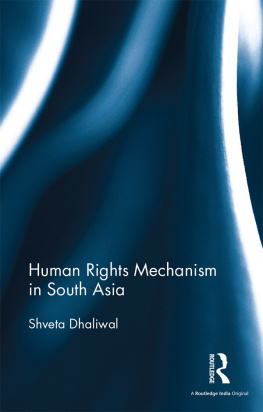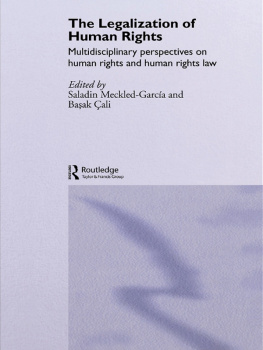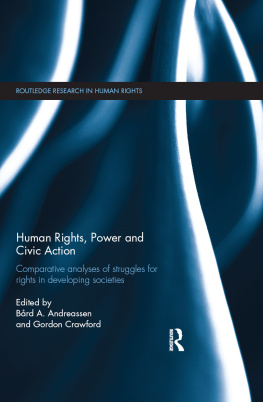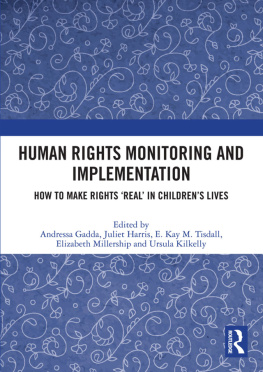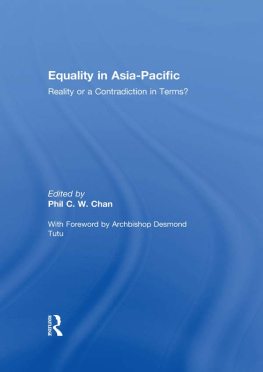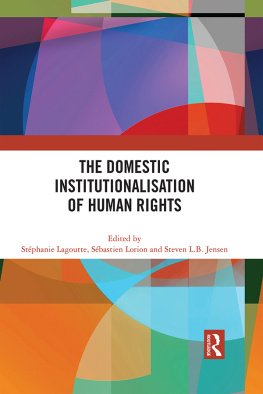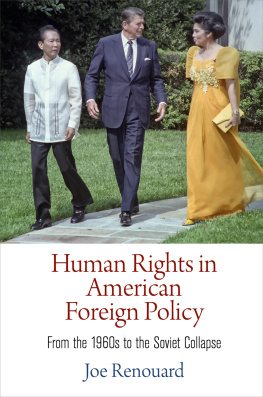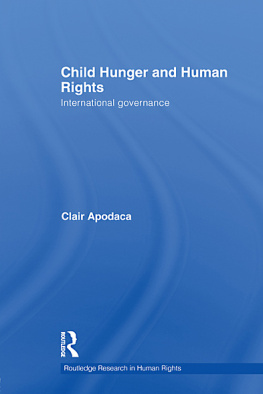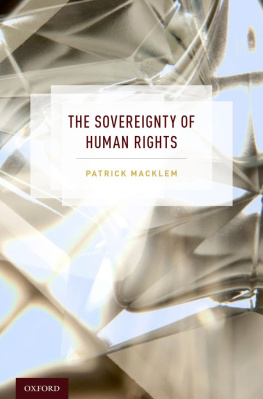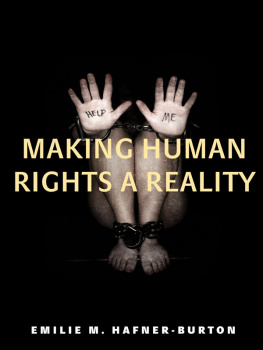Human Rights Mechanism in South Asia
This book provides an ideological framework for the establishment of a comprehensive human rights system in South Asia.
- Presents theoretical bases for a human rights mechanism.
- Studies existing international frameworks under United Nations and regional initiatives in Europe, the Americas, Africa and Asia (especially, the Arab world and East Asia).
- Examines the state of human rights in eight countries in South Asia, including the SAARC region Afghanistan, Bangladesh, Bhutan, India, Nepal, Maldives, Pakistan and Sri Lanka.
- Uses a multi-disciplinary approach, bringing together law, religion, culture and contemporary political theories of regionalism.
A major intervention at a time of international human rights crises, this book will be indispensable for scholars and researchers of political science, law, history, human rights and sociology.
Shveta Dhaliwal teaches at the Rajiv Gandhi National University of Law, Punjab, Patiala, India. Her areas of specialisation are regional human rights systems, comparative political thought, geopolitics and international relations. She has published more than 40 research papers and presented over 150 papers in international and national conferences. She has an authored and three edited books to her credit. She is member of the Indian Political Science Association and the Indian Society of International Law and South Asian Foundation.
Human Rights Mechanism in South Asia
Shveta Dhaliwal
First published 2017
by Routledge
2 Park Square, Milton Park, Abingdon, Oxon OX14 4RN
and by Routledge
711 Third Avenue, New York, NY 10017
Routledge is an imprint of the Taylor & Francis Group, an informa business
2017 Shveta Dhaliwal
The right of Shveta Dhaliwal to be identified as author of this work has been asserted by her in accordance with sections 77 and 78 of the Copyright, Designs and Patents Act 1988.
All rights reserved. No part of this book may be reprinted or reproduced or utilised in any form or by any electronic, mechanical, or other means, now known or hereafter invented, including photocopying and recording, or in any information storage or retrieval system, without permission in writing from the publishers.
Trademark notice: Product or corporate names may be trademarks or registered trademarks, and are used only for identification and explanation without intent to infringe.
British Library Cataloguing in Publication Data
A catalogue record for this book is available from the British Library
Library of Congress Cataloging-in-Publication Data
A catalog record has been requested for this book
ISBN: 978-1-138-21864-2 (hbk)
ISBN: 978-1-315-43689-0 (ebk)
Typeset in Sabon
by Apex CoVantage, LLC
To
Amol, Aarza, Seerat
Contents
by Judge Roberto F. Caldas
Wherever we live nowadays, there is not a day that goes by without observing, experiencing, hearing or reading about violations of fundamental human rights. The plight of children, women, refugees, the elderly, indigenous peoples, racial and ethnic minorities and others becomes even more vivid through our greater access to information and social media. We cannot ignore any longer that peoples dignity and basic rights are violated daily at the hands of state or non-state actors in all regions of the world. We witness not only an astonishing variety of human rights abuses, but also an increase in their complexity and sophistication. The usual culprits, local or national governments, are no longer alone in perpetrating violations, but are rather accompanied by corporations and their interests.
Members of the international community have in the past joined forces to face the gravest of threats to humankind following World War II. The UN, then followed by the European and the Inter-American human rights machinery, was set up with the objective of complementing and strengthening national justice systems and empowering victims to claim their rights in international fora. More recently, the African continent set up a robust human rights system that is developing quickly. Similar systems elsewhere have been initiated, but until now without the necessary institutional and legal mandates. There seems to be a growing understanding worldwide that supranational mechanisms are both welcome and necessary to face the increased sophistication of human rights violations in every region. This is not a matter of philosophy or political inclination. It is a moral and legal imperative of our times: to provide justice to victims wherever they are. The challenges are immense, it goes without saying, but humanity is ready to move beyond discourse and into action. International justice must be implemented, strengthened and complied with if we are to fulfill the noble objectives set forth in the Universal Declaration of Human Rights and subsequent international human rights instruments. Wherever such mechanisms are in place, they need to be strengthened; wherever they are lacking, the task is to construct them.
It is with such a background that I consider Dr Dhaliwals book a very important work as it deals with important aspects of the human rights discourse in every region of the world. The first chapter of the book discusses the philosophical and historical genesis of the concept of human rights by focusing on political and legal developments. The later part of the chapter discusses the internationalisation of human rights under the United Nations and the adoption of the Universal Declaration of Human Rights and other treaty-based mechanisms and how they work. The chapter also explains how the United Nations supported the idea of regional mechanisms for the promotion and protection of human rights. In the second and third chapters, the author moves on to provide a thorough overview of the European, Inter-American, African and Arab human rights systems. In these two chapters the author discusses their evolution and institutional structures, and analyses the unique features of each mechanism. The novelty of this analysis resides on how Dr Dhaliwal links the existing international and regional mechanisms with the following chapters, which focus on human rights concerns in South Asia. the author calls for the establishment of a sub-regional human rights mechanism in the region under the aegis of South Asian Association for Regional Cooperation (SAARC). The next chapter is a captivating presentation of the authors argument, drawing from the existing human rights systems detailed earlier. By identifying and applying the strengths of each mechanism to her proposal, the author demonstrates why and on what grounds a human rights mechanism for South Asia could be and should be set up. An in-depth analysis and convincing interconnections have been presented in this part of the book. Finally, the last chapter contains the blue print for the establishment of the South Asian human rights system.
The content of this book will interest a wide variety of readers: students, researchers and professors of law, politics, philosophy, sociology, history; practitioners of law, judges, members of civil society, media experts and all those who are in any way interested in the strengthening of human rights protection and its actors.
Our daily struggle to bring justice to victims of human rights violations can only succeed if we move from discourse to practice, from rhetoric to the actual strengthening of human rights protection mechanisms both domestically and internationally. This book serves the latter purpose and is a call for action to governments and civil society in protecting human rights in South Asia.

